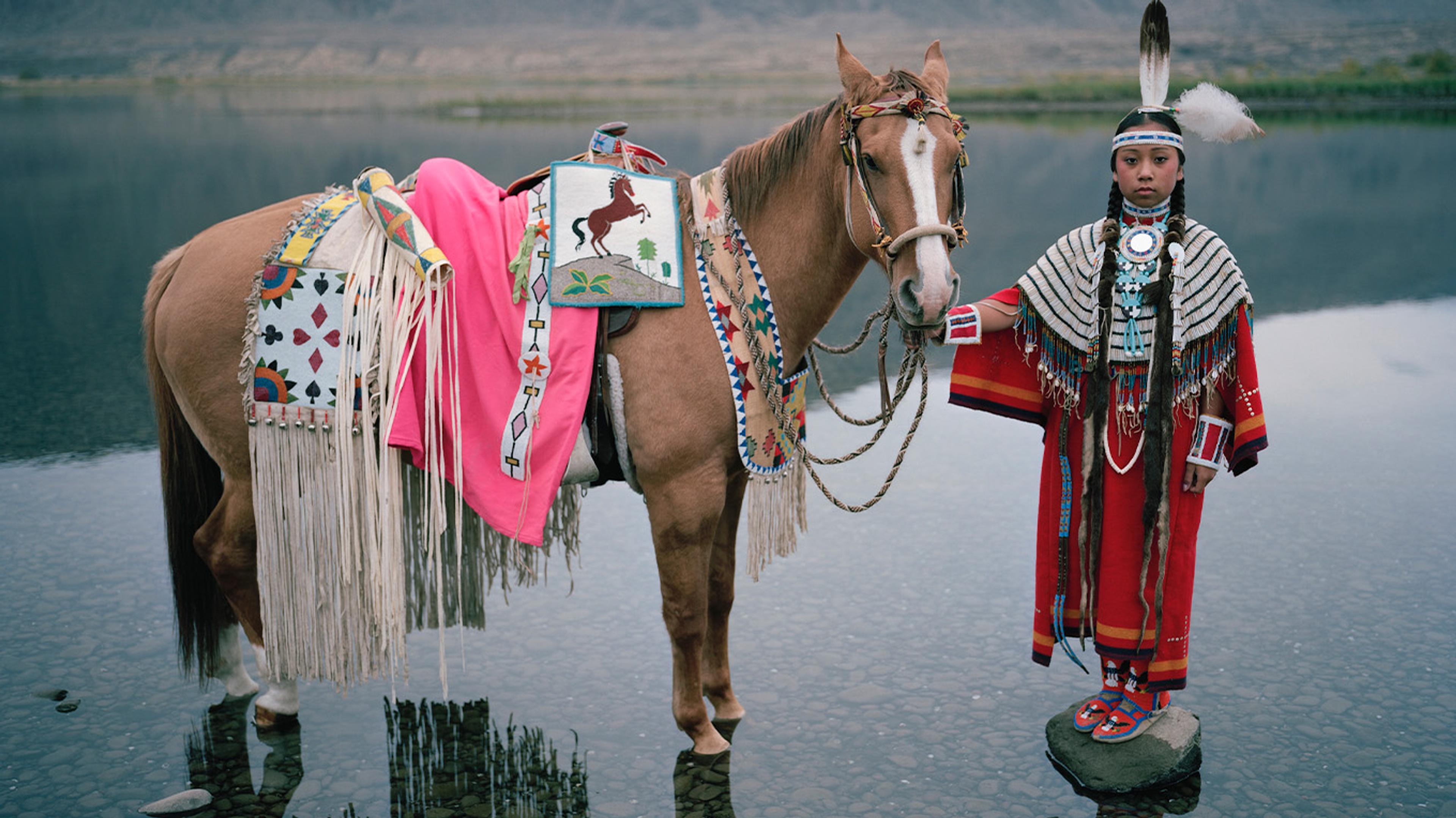Like a Horse

Our relationship with the horse is as multifaceted as it is fascinating and ancient, exquisitely depicted in prehistoric cave paintings. And when Eadweard Muybridge in the 19th century perfected the photographic technique he chose to capture, among other things, the movements of the horse. Muybridge’s famous series forms part of the new exhibition Like a Horse.
inspire a new perspective on the animal and its relationship with humans
Comprising some 30 photographers, this group exhibition with the horse as its common denominator reflects our relationship with this powerful, spiritual, beautiful and hard-working animal.
Aiming to widen the representation of the horse and its various contexts and cultures, the exhibition curator, Sophie Mörner, in collaboration with Fotografiska, has brought together some 100 works in order to highlight issues of the contemporary role of the horse, all in a multi-dimensional presentation in which photographers, queer theoreticians and horse nerds will all find something of interest.
The exhibition will inspire a new perspective on the animal and its relationship with humans, and on equine photography as an art form. In conjunction with the opening of the exhibition, Bokförlaget Max Ström will publish a book with the same title.
The horse is complex, as is the rider on its back. The cavalryman sat upright in the saddle, the cowboy wore it out and today it is mostly girls who hold the reins. In equestrian sports women and men compete against each other, young against old, a rare thing, in sports and in society in general. However, horse riding is also an activity for the privileged, with limited diversity in regard different classes and ethnic backgrounds.
“The culture of equestrianism and horse sports is often vilified. It’s interesting to ponder how this is connected to the fact that it’s a phenomenon that is related to women and girls. I think of this exhibition as a reflection of Western prejudices about ‘the sport for privileged girls’, which I find a belittling and narrow view on the life and work of the contemporary horse. In most parts of the world, the horse is still of vital importance as a means of transportation and as a working horse. I hope that the selection of images can widen the perspective and direct attention towards a broader context,” Sophie Mörner explains.
The exhibition comprises photographs, video works and installations that are touching, provoking, educational and fascinating. Well-known international photographers such as Mary Ellen Mark, Herb Ritts, David LaChapelle and Charlotte Gyllenhammar rub shoulders with up-and-coming Swedish video and photography artists, including Erika Larsen who has photographed Native Americans with their horses, and Theresia Viska whose powerful series Stallflickor (Stable Girls) portrays the life of stables girls in its whole gamut of strong emotions, hard work, community, loneliness and their infinite love for horses.
“With great respect and stringency, Like a Horse brings to the fore the animal and the symbolical aspects of the horse. Humour shares the stage with sensuality, workaday with glamor and power, all executed with great artistic relevance...”
The communication between rider and horse is almost magical
Recently many stables have experienced a new phenomenon: the influx of so-called “returners”: people who after a hiatus re-establish their contact with the horse and through it, with themselves, with the stable as a place of tranquillity in an often stress-filled life.
“Once you have learned to ride, you will never forget it; it’s like a memory engraved in your body. The communication between rider and horse is almost magical, requiring very subtle signals to direct movements. In order for it to work, you have to have an emotional connection with the horse. It is important to understand the great spiritual role this animal plays. For example, it’s becoming more common to employ the horse in therapy and rehabilitation, both physical and mental, often for young people who need support. Relating to a horse can be a good start for building your confidence to reach out to another human being,” Sophie Mörner explains.
Based in New York for the last ten years, Sophie Mörner works as a gallerist and publicist. In 2006 she founded the cult photo magazine Capricious, which provides a platform for young photographs to publish their images.
The origin of the exhibition Like a Horse is a book that Mörner edited in conjunction with the tenth anniversary of Capricious magazine. For Mörner, who has ridden all her life, the choice of theme was simple; and the book High Tails was the result of many years of research and collecting photographs.
“There is an enormous difference between publishing a book and curating an exhibition. The works are selected according to completely different criteria. Some of the photographs included in High Tails did not work on a gallery wall, so the selection is different. In my practice I often combine established artists and provide new talents with opportunities for exposure and access to a larger platform, which is very much evident in Like a Horse,” Sophie Mörner concludes.